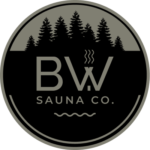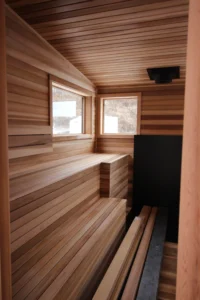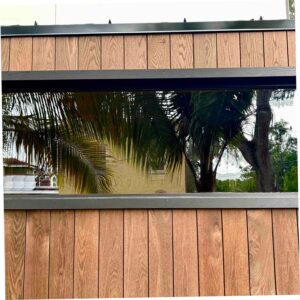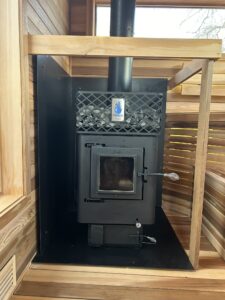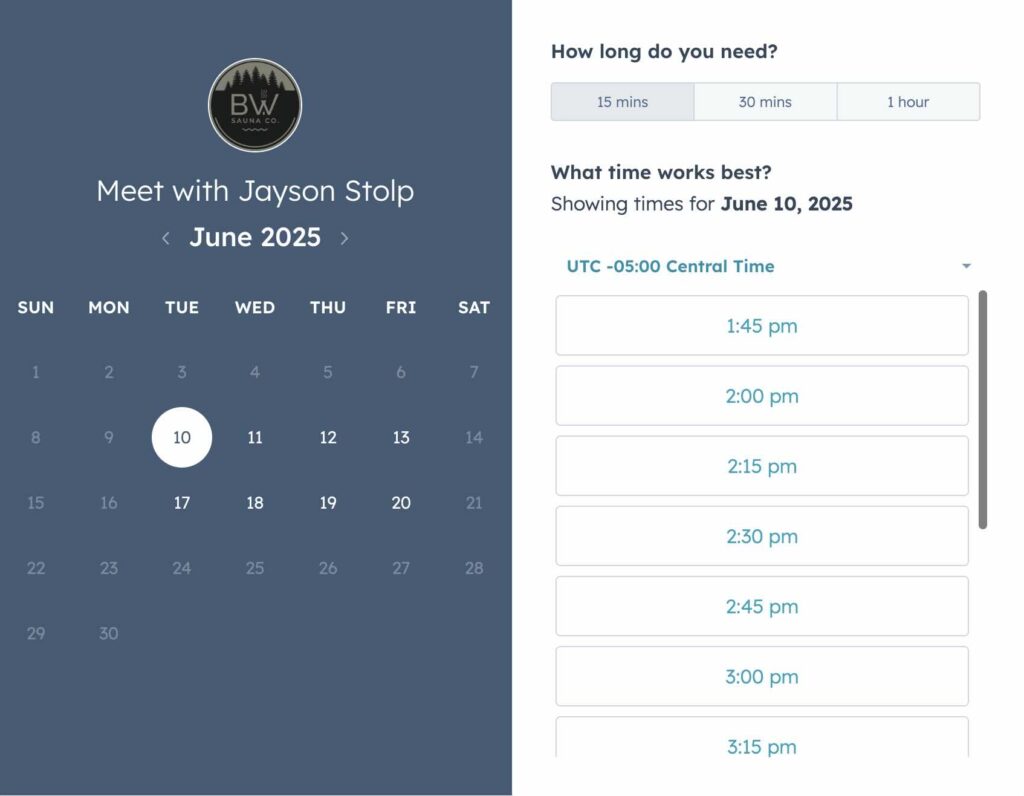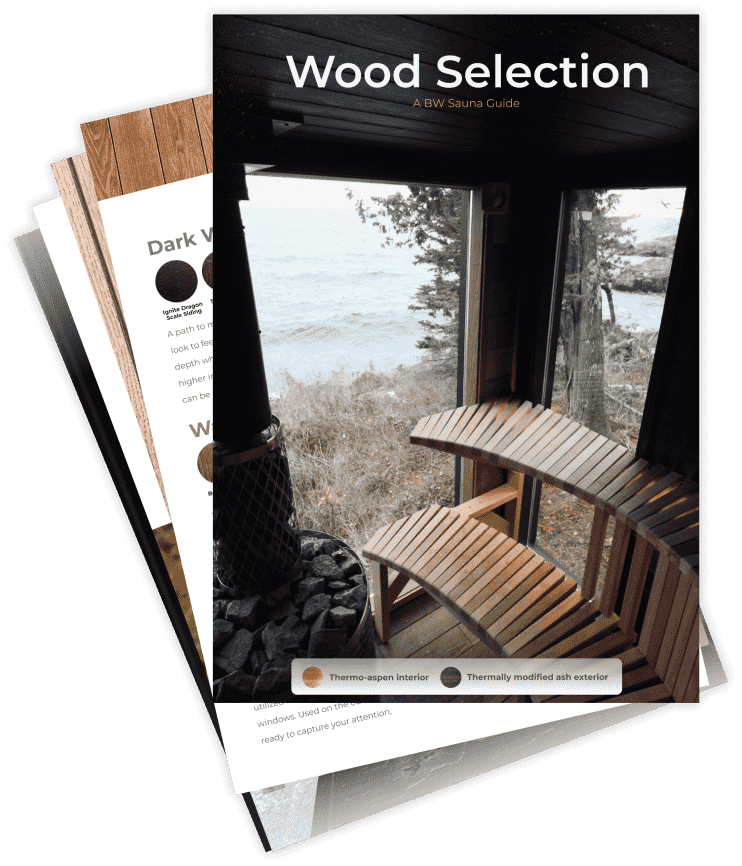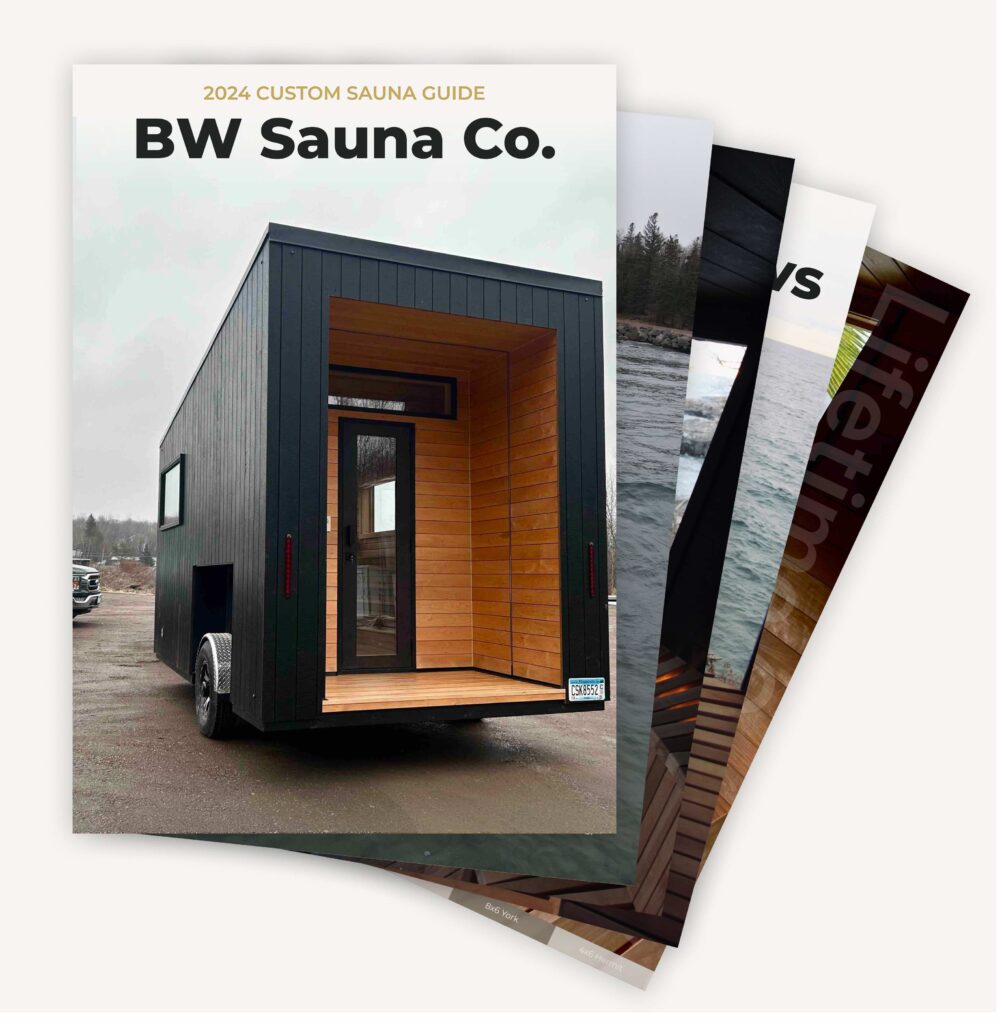Thinking about buying properties and earning money by renting them out with Airbnb? Choosing the right property can guarantee you a good financial return, but only if your calculations are correct. One of the most used metrics by rental investors is the capitalization rate (or cap rate). This rate basically shows the return potential of your property and whether it is worth buying. In this post, you will learn how to calculate this magical Airbnb cap rate and how to classify properties to maximize your profits.
What Is A Capitalization Rate?
The capitalization rate indicates how much you can earn from a rental property compared to the cost of maintaining that property. You get this rate by dividing the purchase price or market value of your property by the net operating income (NOI), which is the profit obtained after subtracting all expenses and operating costs. This number will help you understand how much your investment can return to you over time. The formula for calculating this magic number is below:
Formula: Capitalization Rate (%) = (Net Operating Income / Purchase Price) x 100
For Airbnb hosts, the capitalization rate makes sense and should be used wisely. After all, it helps you evaluate the performance of your rental property, regardless of how you financed it.
You might think that a higher capitalization rate is always better, but it usually comes with greater risk. On the other hand, lower capitalization rates tend to be safer, but may not yield as much return. Ultimately, it all comes down to your specific goals and your appetite for risk.
How To Calculate The Capitalization Rate?
- Estimate Annual Rental Income
- Subtract Annual Property Expenses
- This calculation includes cleaning, maintenance, and any property management costs. Just do not include mortgage payments.
- Divide NOI by Property Value
- For example, if your income is $60,000 and the home is worth $521,739, your cap rate is:
60,000 ÷ 521,739.= 0.115 → or 11.5%
- For example, if your income is $60,000 and the home is worth $521,739, your cap rate is:
What’s a Good Cap Rate?
A good cap rate is usually between 4% and 10%, although this depends on the market location and property type. It is important to note that Airbnb properties may have higher gross rental incomes due to short-term rental rates and consequently higher cap rates. However, these properties may also have higher operating costs and vacancy rates, which impact the final cap rate. As a result, the average cap rate for a property may be below 10%.
Some factors that affect cap rate:
- Average daily rate (ADR)
- Occupancy rate
- Local regulations
- Seasonality
- Special events
Cap rates vary a lot depending on where you buy. For example, in 2024, these cities showed strong returns:
Large Cities :
- Cleveland, OH – 12.7%
- Pittsburgh, PA – 11.9%
Mid-Size Cities:
- North Charleston, South Carolina: 12.2%
- Rapid City, South Dakota: 12.0%
Small Cities:
- Logan, OH – 18.1%
- Waco, TX – 14.8%
These figures illustrate how the location of your rental property may increase its value.
What’s a Bad Cap Rate?
Capitalization rates below 4% are sometimes considered risky or underperforming, especially if the properties are in expensive locations with minimal income potential. Another factor that reduces your capitalization rate is high maintenance costs and a large number of vacancies.
Cap Rate Limitations
Keep in mind that the cap rate isn’t the complete picture. It excludes mortgage payments and potential repairs. It also does not perform well when comparing houses in extremely diverse markets. To get the full story, consider cash-on-cash return and other metrics.
Want to Increase Your Cap Rate? Add a Sauna!
Here’s a great idea for those looking to increase the value of their Airbnb and attract more bookings, try installing a sauna! Guests appreciate additional amenities, and a beautiful sauna helps your listing stand out. We can help you with that, at BW Sauna Co. we create high-quality home and backyard saunas that add value to your property! Discover more of our products on our website today.
